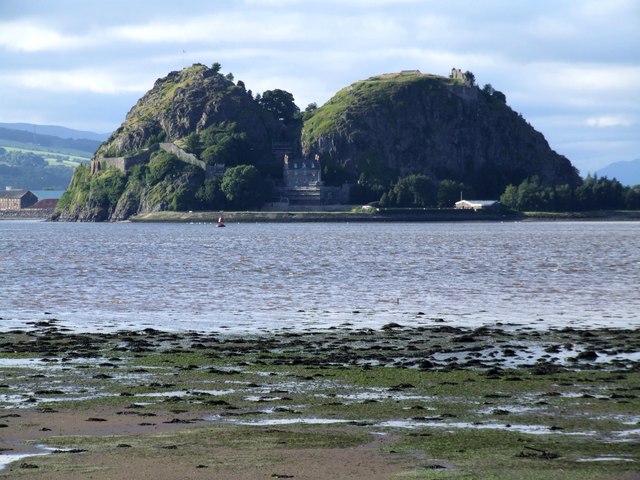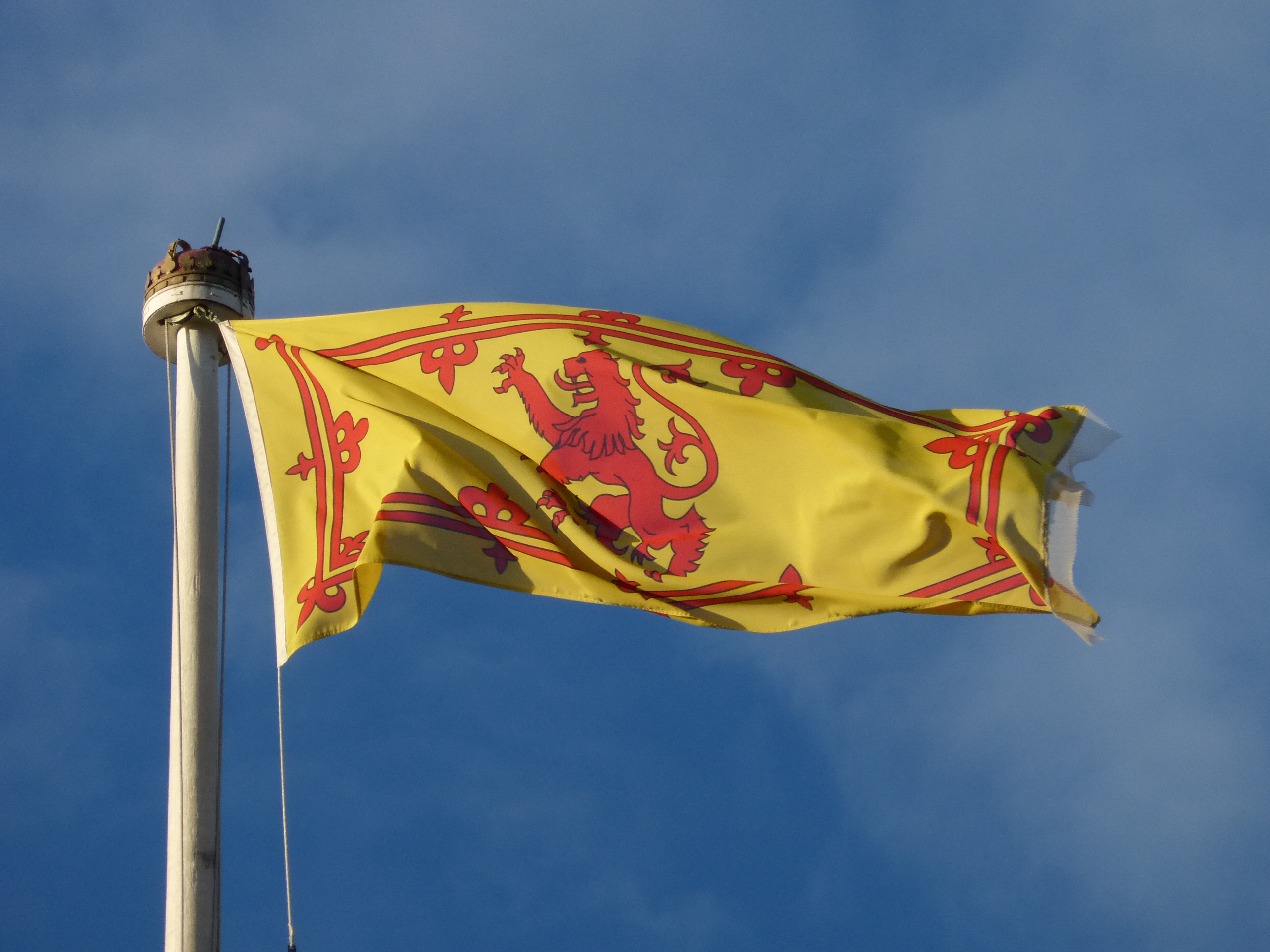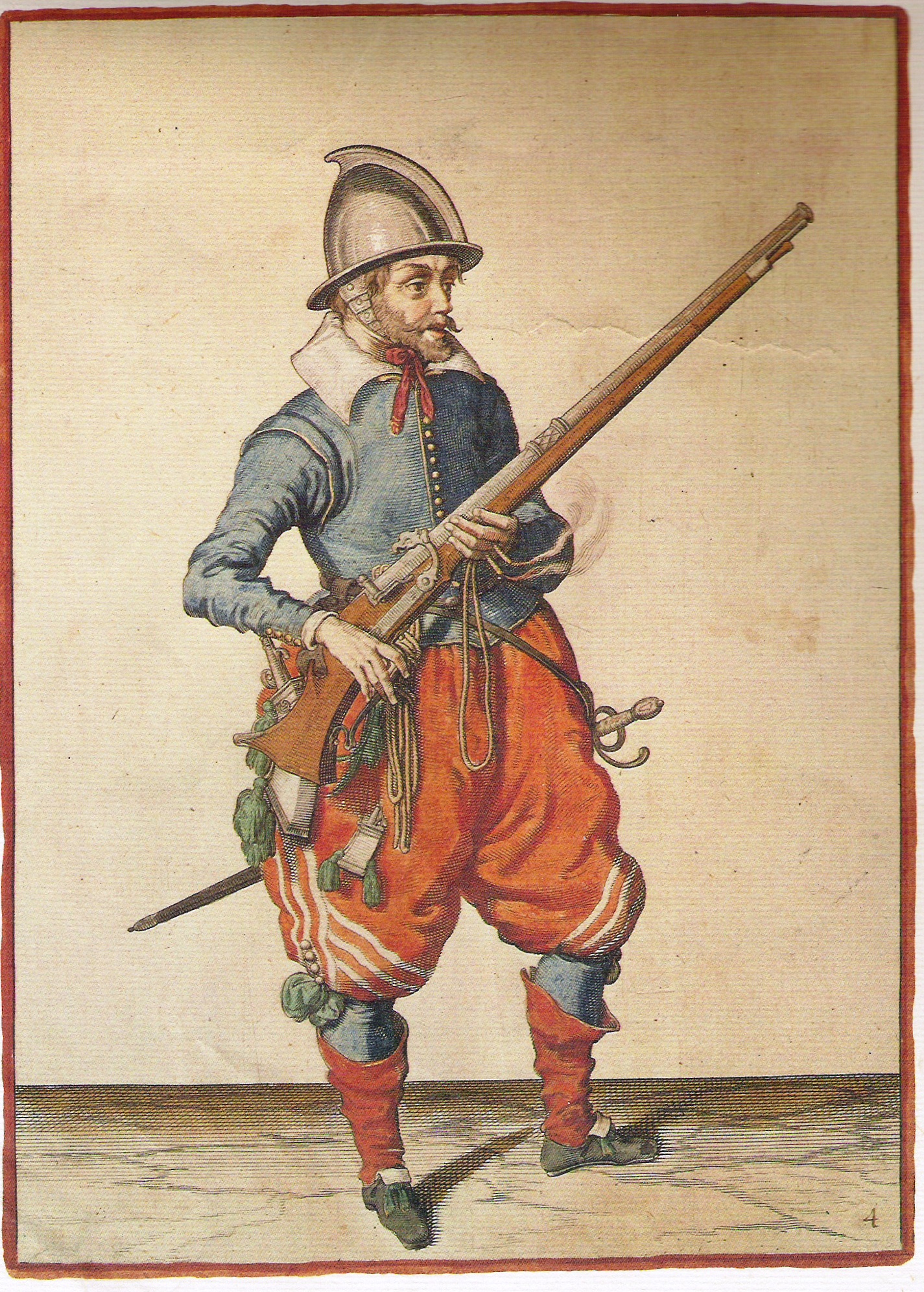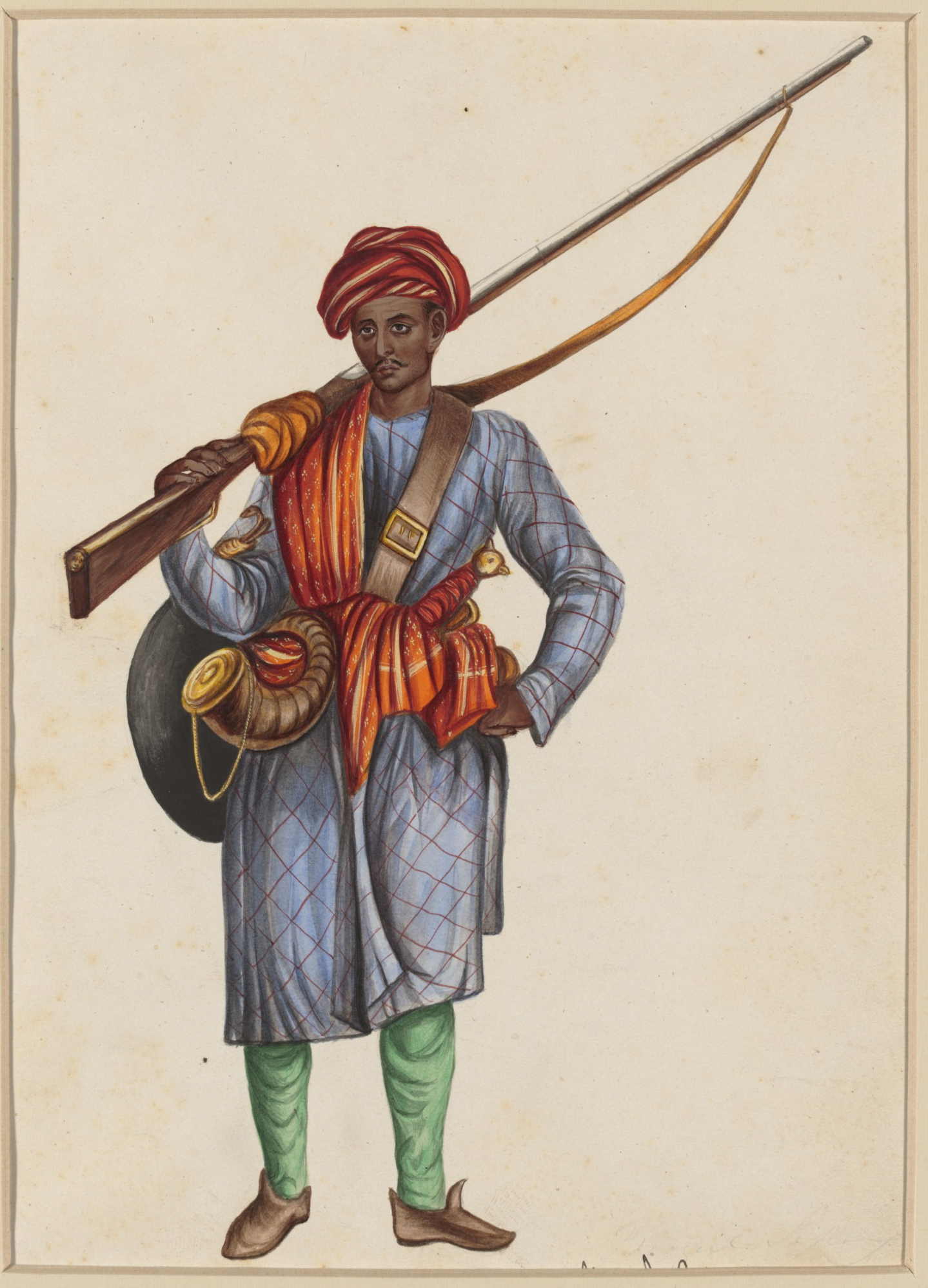|
Battle Of Carberry Hill
The Battle of Carberry Hill took place on 15 June 1567, near Musselburgh, East Lothian, a few miles east of Edinburgh, Scotland. A number of Scottish lords objected to the rule of Mary, Queen of Scots, after she had married the Earl of Bothwell, who was widely believed to have murdered her previous husband Lord Darnley. The Lords were intent to avenge Darnley's death. However, Bothwell escaped from the stand-off at Carberry while Queen Mary surrendered. Mary abdicated, escaped from prison, and was defeated at the battle of Langside. She went to exile in England while her supporters continued a civil war in Scotland. The conflict In May 1567 Queen Mary of Scotland married James Hepburn, 4th Earl of Bothwell. Many of the Queen's allies who previously supported her, including Maitland, Morton, Balfour, and Murray of Tullibardine, disapproved of this and chose to oppose her. Many of the same Lords who claimed disapproval in June had signed the Ainslie Tavern Bond only two mo ... [...More Info...] [...Related Items...] OR: [Wikipedia] [Google] [Baidu] |
Marian Civil War
The Marian civil war in Scotland (1568–1573) was a period of conflict which followed the abdication of Mary, Queen of Scots, and her escape from Lochleven Castle in May 1568. Those who ruled in the name of her infant son James VI fought against the supporters of the Queen, who was exiled in England. Edinburgh Castle, which was garrisoned in her name, became the focus of the conflict and surrendered only after an English intervention in May 1573. The conflict in 1570 was called an "intestine war in the bowels of this commonwealth", and the period was called soon after an "intestine war driven by questions against authority." Queen's men and King's men The supporters of Queen Mary had popular international support for what was seen as the legitimate cause of supporters of an unjustly deposed monarch. The King's party claimed that their cause was a war of religion, like that in France, and that they were fighting for the Protestant cause. Mary had escaped from her imprisonment in ... [...More Info...] [...Related Items...] OR: [Wikipedia] [Google] [Baidu] |
Carberry, East Lothian
Carberry is a village in East Lothian, Scotland, UK. It is situated off the A6124 road, a mile east of Whitecraig, two miles south east of Musselburgh, and 2 miles north east of Dalkeith. On September 20, 1745, Charles Edward Stuart set off from Duddingston with his troops via Carberry to meet the Hanoverian army for the Battle of Prestonpans. Carberry Tower The 15th-century Carberry Tower is a historic house owned by the Scottish charity Gartmore House. It was previously owned by the Elphinstone family. The late Lady Elphinstone, sister of Queen Elizabeth the Queen Mother, gifted the building to the Church of Scotland. Battle of Carberry Hill In June 1567, Mary, Queen of Scots, surrendered to the rebel confederation after the Battle of Carberry Hill, the start of her imprisonment which was to continue for 20 years. A monument was erected on the estate of the Dukes of Buccleuch Duke of Buccleuch (pronounced ), formerly also spelt Duke of Buccleugh, is a title in the ... [...More Info...] [...Related Items...] OR: [Wikipedia] [Google] [Baidu] |
Royal Standard Of Scotland
The Royal Banner of the Royal Arms of Scotland, also known as the Royal Banner of Scotland, or more commonly the Lion Rampant of Scotland, and historically as the Royal Standard of Scotland, ( gd, Bratach rìoghail na h-Alba, sco, Ryal banner o Scotland) or Banner of the King of Scots, is the royal banner of Scotland, and historically, the royal standard of the Kingdom of Scotland. Used historically by the Scottish monarchs, the banner differs from Scotland's national flag, the Saltire, in that its correct use is restricted by an Act of the Parliament of Scotland to only a few Great Officers of State who officially represent the Monarchy in Scotland. pointing at thLyon King of Arms Act 1672, c. 47and thLyon King of Arms Act 1867, 30 & 31 Vict. c. 17/ref> It is also used in an official capacity at royal residences in Scotland when the Head of State is not present. The earliest recorded use of the Lion Rampant as a royal emblem in Scotland was by Alexander II in 1222; wit ... [...More Info...] [...Related Items...] OR: [Wikipedia] [Google] [Baidu] |
Wodrow Society
The Wodrow Society, established in Edinburgh in 1841, was a society 'for the publication of the works of the fathers and early writers of the Reformed Church of Scotland'. The society, established in May 1841, was named after Robert Wodrow, the historian of the Covenanters. It ceased to publish in 1851. Publications * James Melville, The Autobiography and Diary of Mr. James Melvill, Minister of Kilrenny, in Fife, and Professor of Theology in the University of St Andrews, with a Continuation of the Diary', edited by Robert Pitcairn, 1842 * John Row, The History of the Kirk of Scotland, from the year 1558 to August 1637: With a continuation to July 1639', 1842 * David Calderwood, ''The History of the Kirk of Scotland'', 1842-49. volume onevolume twovolume threevolume fourvolume fivevolume sixvolume seven**volume eight * David Laing, ed., ''The Miscellany of the Wodrow Society, containing tracts and original letters chiefly relating to the ecclesiastical affairs of Scotland during ... [...More Info...] [...Related Items...] OR: [Wikipedia] [Google] [Baidu] |
David Laing (antiquary)
David Laing LLD (20 April 1793 – 18 October 1878) was a Scottish antiquary. Life Laing was born on 20 April 1793, the son of William Laing (1761–1831), a bookseller in Edinburgh, and his wife Helen Kirk. They lived and worked from the head of Chessels Court on the Canongate. He was educated at Canongate Grammar School and then attended the University of Edinburgh. At the age of 14 he was apprenticed to his father. They formed W & D Laing Booksellers at 49 South Bridge, living at Ramsay Lodge at 66 Lauriston in 1830. Shortly after the death of his father in 1837, Laing was elected to be Librarian of the Signet Library replacing Macvey Napier, a post he retained until his death. Apart from general bibliographical knowledge, Laing was best known as a student of the literary and artistic history of Scotland. In 1864 he was awarded an honorary doctorate (LLD) by the University of Edinburgh.Cassells Old and New Edinburgh, vol II p.376 Laing was struck with paralysi ... [...More Info...] [...Related Items...] OR: [Wikipedia] [Google] [Baidu] |
Dalkeith
Dalkeith ( ; gd, Dail Cheith, IPA: �t̪alˈçe is a town in Midlothian, Scotland, on the River Esk. It was granted a burgh of barony in 1401 and a burgh of regality in 1540. The settlement of Dalkeith grew southwestwards from its 12th-century castle (now Dalkeith Palace). Dalkeith has a population of 12,342 people according to the 2011 census. The town is divided into four distinct areas: Dalkeith proper with its town centre and historic core; Eskbank (considered to be the well-heeled neighbourhood of Dalkeith with many large Victorian and newer houses) to its west; Woodburn (primarily a working class council estate with pockets of new housing developments) to its east; and Newbattle (a semi-rural village with its abbey) to the south. Dalkeith is the main administrative centre for Midlothian. It is twinned with Jarnac, France. In 2004, Midlothian Council re-paved Jarnac Court in honour of Dalkeith and Jarnac's long standing link. On the north-eastern edge of Dalkeit ... [...More Info...] [...Related Items...] OR: [Wikipedia] [Google] [Baidu] |
Thomas Napier Thomson
Thomas Napier Thomson (25 February 1798 – 1 February 1869) was a Scottish minister, historian and biographer. While still young he stopped using his middle name. Life He was born in Glasgow on 25 February 1798, the fifth son of Hugh Thomson, a West India merchant. About 1812 the family moved to London, and Thomson was placed at a boarding-school near Barnet. A bronchial medical problem meant he was sent to his uncle's house in Ayrshire Ayrshire ( gd, Siorrachd Inbhir Àir, ) is a Counties of Scotland, historic county and registration county in south-west Scotland, located on the shores of the Firth of Clyde. Its principal towns include Ayr, Kilmarnock and Irvine, North Ayrshi ..., and in October 1813 he entered the University of Glasgow as "Thomas Thomson", dropping the middle name after a disagreement with the Napier family. After entering the divinity hall as a student for the ministry, Thomson was reduced to poverty by his father's money troubles. He supported himse ... [...More Info...] [...Related Items...] OR: [Wikipedia] [Google] [Baidu] |
Musketeers
A musketeer (french: mousquetaire) was a type of soldier equipped with a musket. Musketeers were an important part of early modern warfare particularly in Europe as they normally comprised the majority of their infantry. The musketeer was a precursor to the rifleman. Muskets were replaced by rifles as the almost universal firearm for modern armies during the period 1850 to 1860. The traditional designation of "musketeer" for an infantry private survived in the Imperial German Army until World War I. Asia China The hand cannon was invented in China in the 12th century and was in widespread use there in the 13th century. It spread westward across Asia during the 14th century. Arquebusiers and musketeers were utilized in the armies of the Ming (1368–1644) and Qing dynasties (1644–1911). Zhao Shizhen's book of 1598 AD, the ''Shenqipu'', contains illustrations of Ottoman Turkish and European musketeers together with detailed diagrams of their muskets.Needham, Volume 5, Part 7 ... [...More Info...] [...Related Items...] OR: [Wikipedia] [Google] [Baidu] |
David Calderwood
David Calderwood (157529 October 1650) was a Church of Scotland minister and historian. Calderwood was banished for his nonconformity. He found a home in the Low Countries, where he wrote his great work, the Altare Damascenum. It was a serious attack on Anglican Episcopacy. Patiently and perseveringly Calderwood goes over the whole system, referencing the Bible, the Fathers, and the Canonists. Calderwood lived to see the principles for which he had suffered, and which he had defended, in complete ascendency. He was present at the Glasgow Assembly in 1638, and saw episcopacy and the high church liturgy swept away. He breathed his last at Jedburgh, a fugitive from his parish of Pencaitland; and they laid him in the churchyard of Crailing, where the first years of his ministry were spent. Royal conflict David Calderwood (1575–1650), ecclesiastic, historian, and theological writer, was born at Dalkeith, Midlothian, and educated at the college of Edinburgh. In 1604 he was ordained ... [...More Info...] [...Related Items...] OR: [Wikipedia] [Google] [Baidu] |
Pike (weapon)
A pike is a very long thrusting spear formerly used in European warfare from the Late Middle Ages and most of the Early Modern Period, and were wielded by foot soldiers deployed in pike square formation, until it was largely replaced by bayonet-equipped muskets. The pike was particularly well-known as the primary weapon of Swiss mercenary and German Landsknecht units. A similar weapon, the sarissa, had been used in antiquity by Alexander the Great's Macedonian phalanx infantry. Design The pike was a long weapon, varying considerably in size, from long. Generally, a spear becomes a pike when it is too long to be wielded with one hand in combat. It was approximately in weight, with the 16th century military writer Sir John Smythe recommending lighter rather than heavier pikes. It had a wooden shaft with an iron or steel spearhead affixed. The shaft near the head was often reinforced with metal strips called "cheeks" or langets. When the troops of opposing armies both ... [...More Info...] [...Related Items...] OR: [Wikipedia] [Google] [Baidu] |
Musketeer
A musketeer (french: mousquetaire) was a type of soldier equipped with a musket. Musketeers were an important part of early modern warfare particularly in Europe as they normally comprised the majority of their infantry. The musketeer was a precursor to the rifleman. Muskets were replaced by rifles as the almost universal firearm for modern armies during the period 1850 to 1860. The traditional designation of "musketeer" for an infantry private survived in the Imperial German Army until World War I. Asia China The hand cannon was invented in China in the 12th century and was in widespread use there in the 13th century. It spread westward across Asia during the 14th century. Arquebusiers and musketeers were utilized in the armies of the Ming (1368–1644) and Qing dynasties (1644–1911). Zhao Shizhen's book of 1598 AD, the ''Shenqipu'', contains illustrations of Ottoman Turkish and European musketeers together with detailed diagrams of their muskets.Needham, Volume 5, Par ... [...More Info...] [...Related Items...] OR: [Wikipedia] [Google] [Baidu] |
James Beaton (archbishop Of Glasgow)
James Beaton (1517 – 24/25 April 1603) was a 16th-century archbishop of Glasgow. He served both pre- and post-Reformation therefore representing both a Catholic Archbishop and a Protestant Archbishop. Life He was the son of James Beaton of Auchmuty and Balfarg (a younger son of John Beaton of Balfour and nephew to Cardinal David Beaton. James Beaton got an education at the University of Paris, which he entered in the 1530s at the age of 14. On the resignation of the archbishop-elect Alexander Gordon, the archbishopric of Glasgow became vacant. Despite not being yet in priests' orders, on 4 September 1551, at the request of Marie de Guise, Pope Julius III provided Beaton to the archbishopric of Glasgow. He was consecrated on Sunday 28 August 1552 at Rome by the bishops of Abruzzo, Nevers and Fondi. For eight troublous years he administered the affairs of his diocese and stood faithfully by the queen-regent, Marie de Guise, in her dealings with the disaffected Protesta ... [...More Info...] [...Related Items...] OR: [Wikipedia] [Google] [Baidu] |







